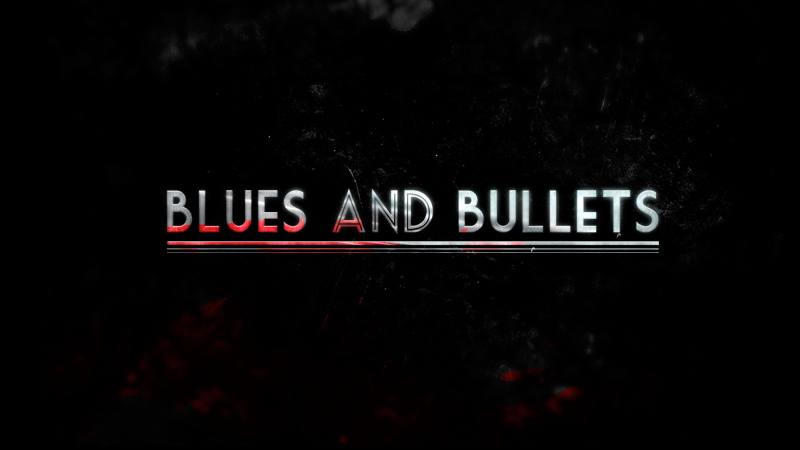
EARLY ACCESS: NEVER SECOND IN ROME
I have repeatedly stated that I consider A Legionary’s Life to be without exaggeration one of the best games I have played in recent years. Though quite minimalist, and perhaps anachronistic by the standards of today's market, given that visually and gameplay-wise it seems like "the best game of 1991", this one-man project has made me get addicted worse than even the most prominent AAAAA super-productions with trillion-dollar budgets. With that in mind, when it was announced that the next game from the same developer, titled Never Second in Rome, would be released following the same model as A Legionary's Life (release in Early Access status with 1/3 of the final game available, receiving feedback and optimizing gameplay elements until the final full release), it was a no-breainer that I should jump on the bandwagon and follow that journey from the beginning.

The events of Never Second in Rome take place some 150-140 years after those of A Legionary's Life. The first game essentially used the legionary-player character to tell the story of Roman military campaigns from the 2nd Carthaginian War to the 2nd Macedonian War. Similarly, Never Second in Rome is the in-game rendition of the entire Commentarii de Bello Gallico and the Roman campaigns under Julius Caesar and his Legions against the Germanic and Gallic tribes. The developer's ultimate goal is for the full game to extend chronologically to the civil war between Caesar and Pompey, but for now Early Access goes as far back as the defeat of the Gauls under Vercingetorix in the epic siege of Alesia.

So what do we see so far in Never Second in Rome compared to A Legionary's Life? There are some similarities, both in gameplay and in the way the narrative is told, but also some clear, even radical I would say, differences. At this stage, in the context of the Early Access release, I will focus mainly on the most important differences. And the first of them is the fact that our character is no longer a simple Legionnaire but an officer in Caesar's Legions, with the possibility of rising up the ranks in the course of the game if the right conditions are met in terms of Reputation and Stats. In this context, in the expected camp rest/training component that was also present in A Legionary's Life, instead of just training the player character, we also take care of training the skills of the Legionaries under our leadership in a separate submenu. Their skills will now be checked during the narrative, alongside our character's skills.

As a result of the above, there is also a variation in the way combat is conducted. The 1 vs 1 duels that were the core of A Legionary's Life's combat still exist (with some modifications in terms of attacks and fatigue management), but these are just a subset of an entirely new turn-based combat mechanic. This engages our entire century in clashes against enemy formations, taking into account the stats of our soldiers plus various other parameters to determine the losses of each faction in each round of combat, until the final annihilation of one of the two factions involved or until the battle is over within the narrative. The exact nature of these parameters remains quite vague and chaotic, truth be told. At times it's as if the game throws random numbers at the screen, and the player has to use them to deduce what exactly has happened.

Another quite important difference is that, at this stage of the Early Access release at least, the meta progression introduced by A Legionary's Life is completely removed from Never Second in Rome. Veterans of the first game will, of course, remember that at the end of each run (even if we literally died in the first battle), we'd get rewarded with some points, and the accumulated points from our 10 best runs could be used to boost our warrior's stats and weaponry for the next run, making it a little easier each time. This does not exist in Never Second in Rome, and, according to its creator, he has no plans to even implement it at this time. The game is designed for standalone runs with "fresh" characters each time, whose stats will be determined solely by their initial skill rolls and training over the course of the story.

It becomes obvious that this change was received with mixed feelings by the game's fans, a fact that is fully reflected in the "mixed" rating it has on Steam at the moment. And the truth is that this meta progression was one of the main incentives that pushed the player to play A Legionary's Life over and over again, until he built a character that, as a (partial) result of the bonus points accumulated in each run, would have the ability to overcome difficulties that seemed insurmountable in the first runs. The new system at this stage is also not particularly benefited by the fact that some skills, such as Endurance, are obviously overpowered and more important than others, so creating character builds with a focus on Endurance seems like a no-brainer, and the variety of viable builds is radically reduced.

But that's exactly the point of Early Access, to optimize imperfections so that the final result is something that satisfies both the vision of the developer and the demands of the fans. Already the game, which was released in Early Access in mid-February, has received a series of updates that modify the way the stats work in battles and try to bring more balance to skills, and this optimization is expected to continue until the last moment. A full release is expected late this year or in early 2026, and until then everything is susceptible to change. The only thing that is stable and unaffected by change is THE GREATNESS OF ROME.





